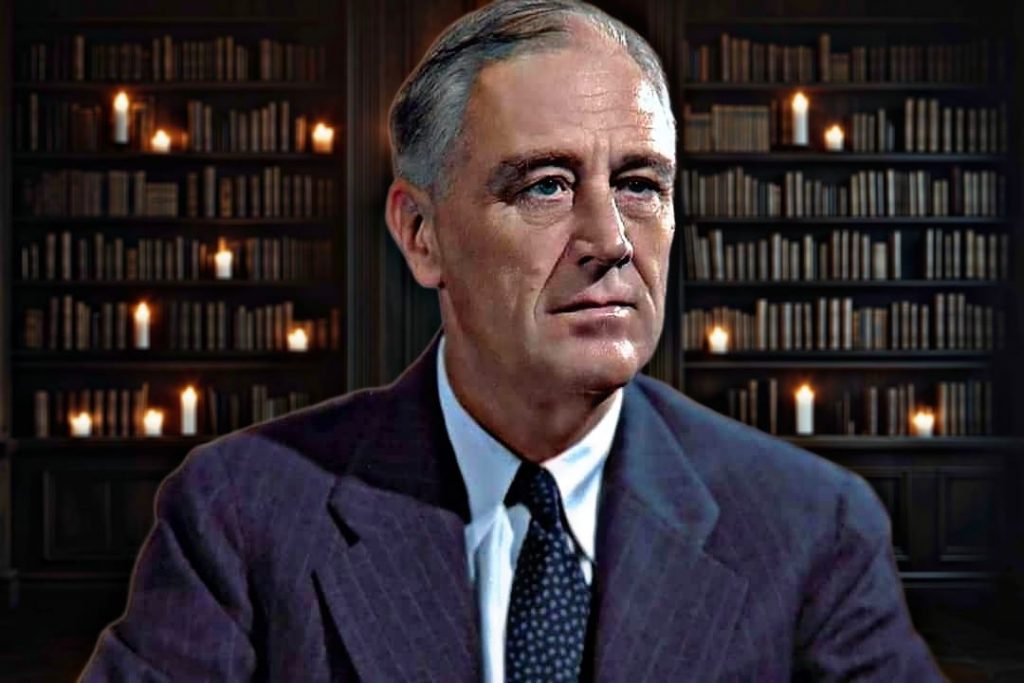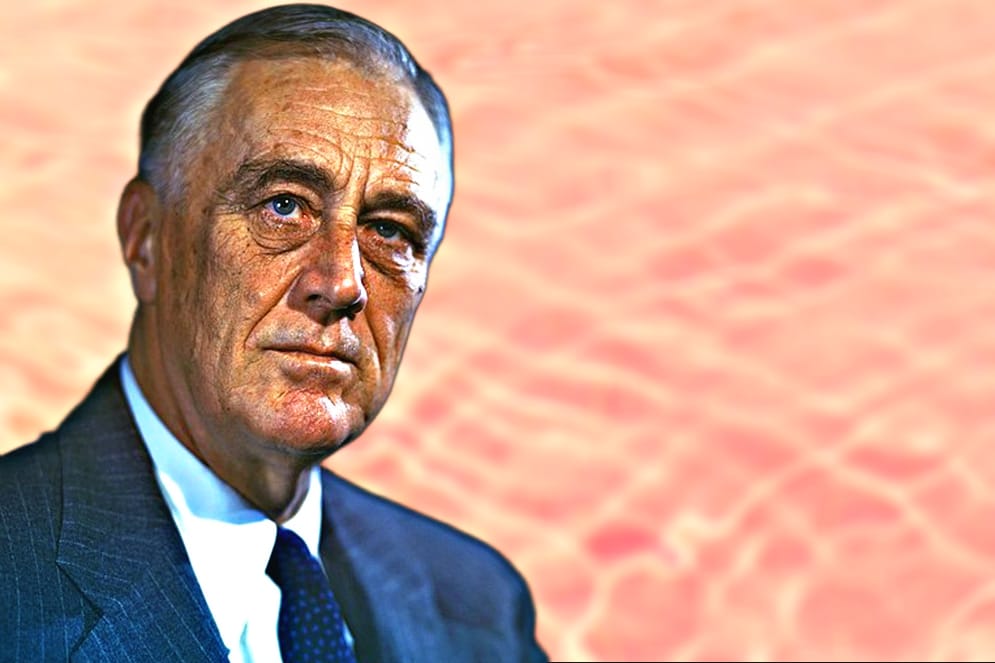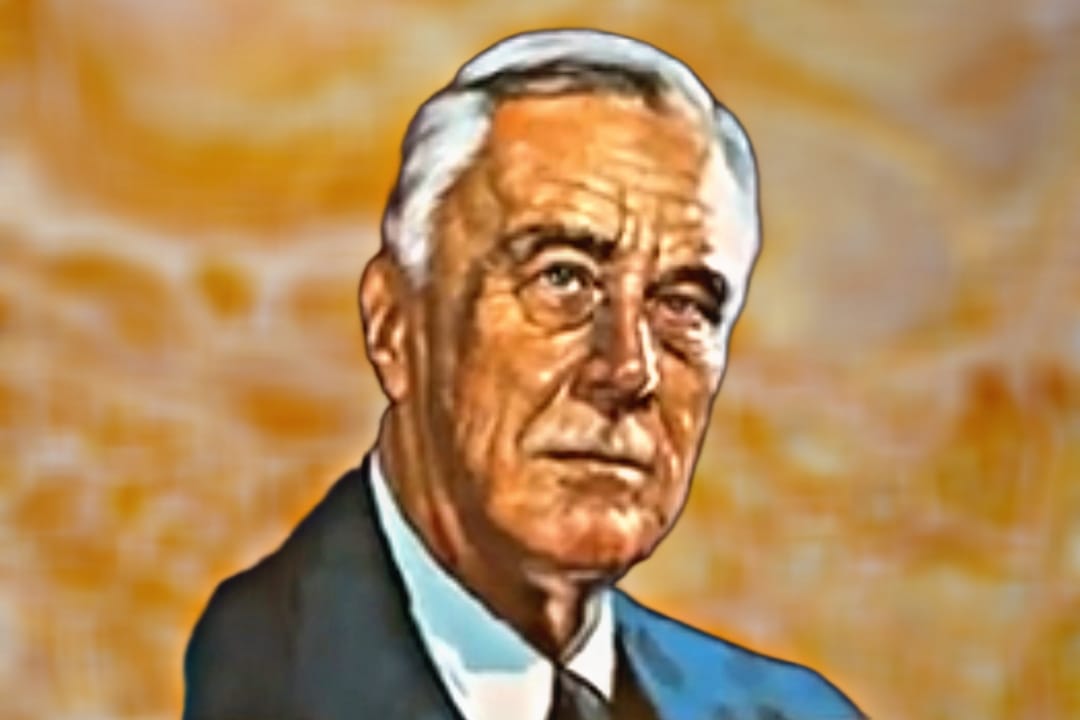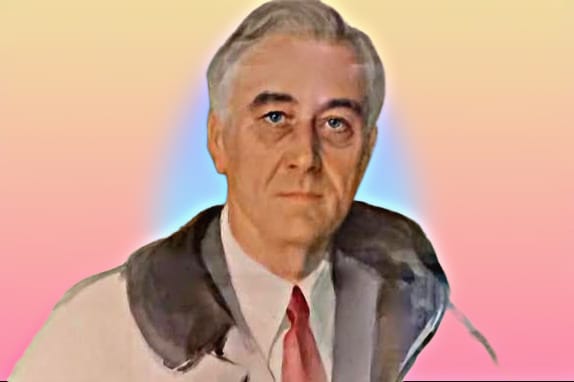Franklin D. Roosevelt, the 32nd President of the United States, is one of the most consequential figures in American history. Serving four terms from 1933 to 1945, Roosevelt’s leadership during some of the most turbulent periods in U.S. history, including the Great Depression and World War II, transformed the nation and its role in global politics. He was a president who reshaped American political, economic, and social landscapes, introducing groundbreaking reforms, as well as policies that changed the way Americans viewed their government and its responsibilities.
Franklin D. Roosevelt influence is still felt today, with the New Deal and the social programs he initiated forming the foundation of modern American welfare state. His leadership during World War II helped to establish the U.S. as a superpower and a pivotal player in shaping the postwar world order. But Franklin D. Roosevelt legacy is not without controversy—his decisions, especially those concerning Japanese internment and his extended tenure in office, continue to spark debate. This article explores the life, leadership, challenges, and lasting legacy of Franklin D. Roosevelt.
Early Life and Political Beginnings
Franklin Delano Roosevelt was born on January 30, 1882, into a wealthy and influential family in Hyde Park, New York. As a child, Roosevelt was educated in private schools and developed a strong interest in history, government, and public service. His family, particularly his mother, Sara Delano Roosevelt, had a significant impact on his early life. Despite his privileged upbringing, Roosevelt was always drawn to the challenges of public life.
In 1903, Franklin D. Roosevelt graduated from Harvard University, where he studied history and economics. Soon after, he entered Columbia Law School, although he did not finish his law degree, choosing instead to pursue a career in public service. He began working in law and politics, and in 1910, he won election to the New York State Senate as a Democrat, marking the beginning of his political career.
Franklin D. Roosevelt early political career saw him gaining valuable experience and building relationships that would later serve him in higher offices. His marriage to Eleanor Roosevelt, a niece of former President Theodore Roosevelt, further strengthened his political ties, and together they formed one of the most influential political partnerships in American history. Eleanor became a crucial ally in his political endeavors, particularly in advancing social causes.
The Polio Crisis: A Turning Point

In 1921, at the age of 39, Franklin D. Roosevelt was struck by poliomyelitis (polio), which left him paralyzed from the waist down. This event was a turning point in Roosevelt’s life. Although it initially seemed to dash his political ambitions, Roosevelt’s response to the disease demonstrated his resilience and determination. He spent years in recovery, learning to use a wheelchair and developing techniques to regain strength.
The polio crisis also shaped Roosevelt’s empathy for people facing hardships and struggles. His personal challenges fueled his resolve to advocate for the disadvantaged and to build a government that could help those in need. This personal experience with adversity and disability would inform many of his policies as president, especially those focused on providing support for the vulnerable.
Franklin D. Roosevelt Rise to the Presidency
Franklin D. Roosevelt first major political breakthrough came in 1928, when he was elected Governor of New York. As governor, Roosevelt tackled several significant issues, including the state’s economy during the Great Depression. He implemented progressive reforms aimed at improving labor conditions, healthcare, and infrastructure. His success as governor made him a leading figure in the Democratic Party, and in 1932, Roosevelt secured the Democratic nomination for president.
His victory in the 1932 presidential election was a landslide. Franklin D. Roosevelt promised bold action to combat the economic disaster of the Great Depression, which had devastated the United States since 1929. He spoke of a “New Deal” for Americans, a term that would become synonymous with his expansive domestic policy agenda.
The New Deal: A Transformative Domestic Agenda

One of Franklin D. Roosevelt most enduring legacies is his creation of the New Deal, a series of programs, reforms, and public works projects aimed at providing relief, recovery, and reform during the Great Depression. The New Deal fundamentally altered the relationship between the American government and its citizens, creating a welfare state that aimed to protect the unemployed, the elderly, and the disenfranchised.
Relief Programs
The first priority of Franklin D. Roosevelt New Deal was to provide relief for the millions of Americans who were suffering from unemployment, hunger, and homelessness. One of the most significant relief programs was the Civilian Conservation Corps (CCC), which employed young men in public works projects such as reforestation and flood control. Other programs, such as the Federal Emergency Relief Administration (FERA), provided direct financial assistance to individuals and families.
Economic Recovery
Franklin D. Roosevelt government also focused on economic recovery by creating jobs and stimulating industrial and agricultural production. The Public Works Administration (PWA) funded large infrastructure projects, including bridges, dams, and schools. The National Industrial Recovery Act (NIRA) aimed to regulate industrial prices and wages, while the Agricultural Adjustment Act (AAA) sought to stabilize crop prices and support farmers.
The Social Security Act of 1935 was one of the most significant pieces of New Deal legislation. It established a system of old-age pensions, unemployment insurance, and aid to families with dependent children. The Social Security program became a cornerstone of the American welfare state, and it continues to provide a safety net for millions of Americans today.
Financial Reform
The New Deal also brought about significant financial reforms to stabilize the banking system and prevent future economic crashes. In 1933, Roosevelt passed the Glass-Steagall Act, which separated commercial and investment banking to reduce the risks associated with speculative investments. The Securities and Exchange Commission (SEC) was created to regulate the stock market and protect investors from fraudulent practices.
Additionally, Franklin D. Roosevelt established the Federal Deposit Insurance Corporation (FDIC), which insured bank deposits and restored confidence in the nation’s financial institutions. The Federal Reserve also played a key role in stabilizing the economy by controlling inflation and regulating the money supply.
Franklin D. Roosevelt and World War II

Franklin D. Roosevelt leadership during World War II was another defining aspect of his presidency. Although the United States initially sought to remain neutral in the conflict, Roosevelt recognized that the rise of fascism and militarism posed a direct threat to global stability and democracy. His policies shifted from isolationism to active involvement, particularly as Nazi Germany, Imperial Japan, and Fascist Italy expanded their territorial ambitions.
Lend-Lease Act
One of Franklin D. Roosevelt first acts in aiding the Allies came through the Lend-Lease Act of 1941, which allowed the United States to send military aid to Britain, the Soviet Union, and other Allied nations without officially entering the war. This program significantly strengthened the Allied war effort and helped to turn the tide against the Axis powers.
The Attack on Pearl Harbor and U.S. Entry into the War
The turning point in Franklin D. Roosevelt foreign policy came on December 7, 1941, when Japan attacked the U.S. naval base at Pearl Harbor, Hawaii. The attack resulted in the deaths of over 2,400 Americans and the destruction of much of the Pacific Fleet. The following day, Roosevelt delivered his famous “Day of Infamy” speech, asking Congress to declare war on Japan. This marked the United States’ formal entry into World War II, and shortly after, Germany and Italy declared war on the U.S., bringing America fully into the conflict.
Leadership During the War
As commander-in-chief, Franklin D. Roosevelt led the nation through the darkest days of the war. He worked closely with other Allied leaders, including Winston Churchill of the United Kingdom and Joseph Stalin of the Soviet Union, to coordinate military strategy. Roosevelt’s vision for a postwar world order led to the creation of the United Nations and set the stage for the United States to emerge as a global superpower.
Franklin D. Roosevelt ability to unite the country behind the war effort and manage the enormous demands of the conflict was remarkable. His leadership, combined with the efforts of the American military and industrial base, helped ensure victory in both the European and Pacific theaters.
The Legacy of Franklin D. Roosevelt
Franklin D. Roosevelt presidency was marked by tremendous challenges and remarkable achievements. His leadership during the Great Depression transformed the American economy and created a welfare state that offered social security and protections for millions of citizens. His ability to navigate the complex dynamics of World War II ensured that the United States emerged as a dominant global power and a proponent of international cooperation.
However, Franklin D. Roosevelt legacy is not without controversy. His decision to intern Japanese-Americans during World War II remains one of the most criticized aspects of his presidency. The forced relocation of over 100,000 Japanese Americans, many of whom were U.S. citizens, is seen as a grave injustice and a violation of civil rights.
Despite these flaws, Franklin D. Roosevelt is widely regarded as one of the greatest American presidents. His leadership in times of crisis, his vision for a more just society, and his ability to adapt to changing circumstances have left a lasting mark on the country.
Today, Franklin D. Roosevelt legacy lives on in the policies he championed, particularly the New Deal and Social Security, which continue to shape American society. His role in shaping the modern welfare state and the postwar international order makes him an enduring figure in both U.S. history and global politics.

